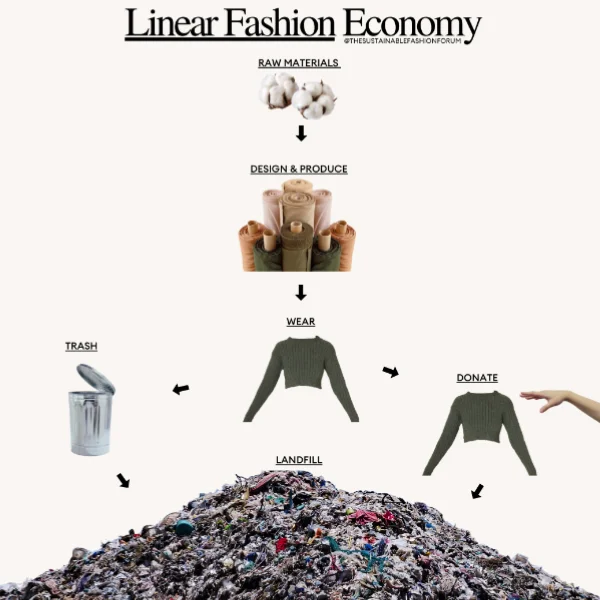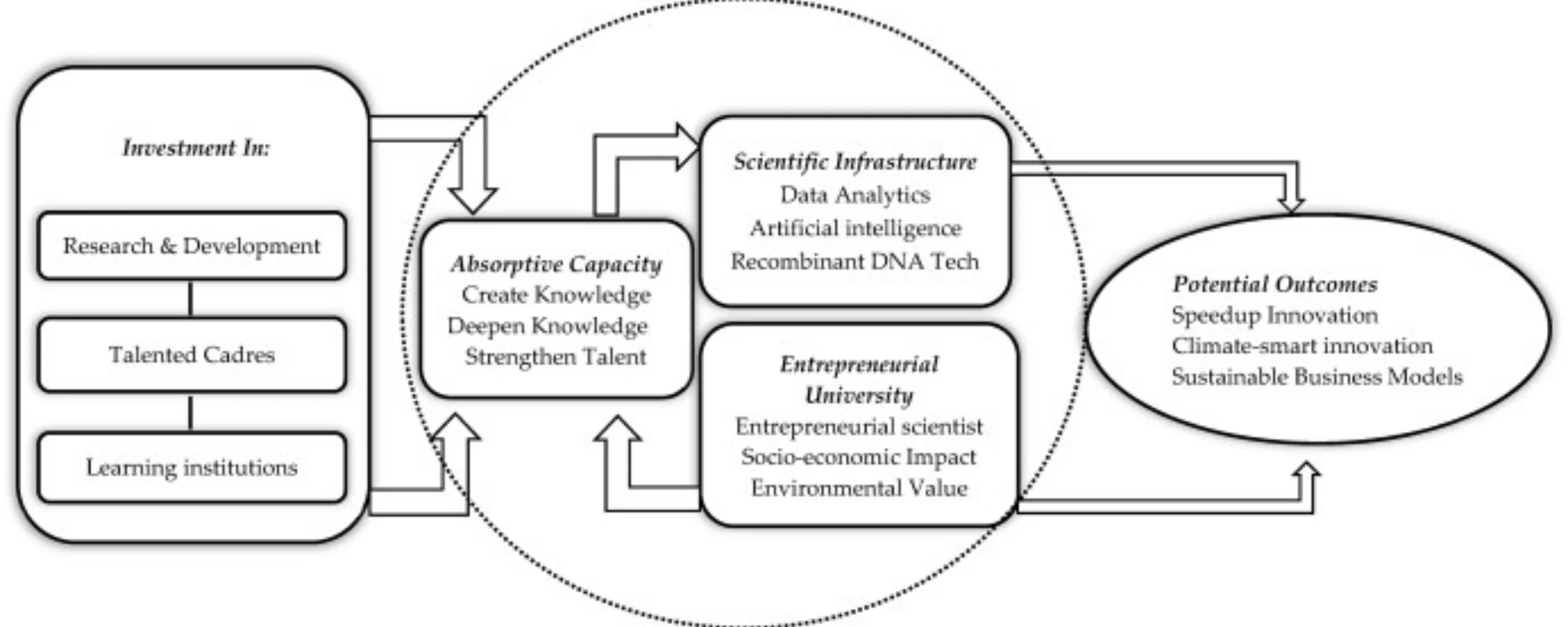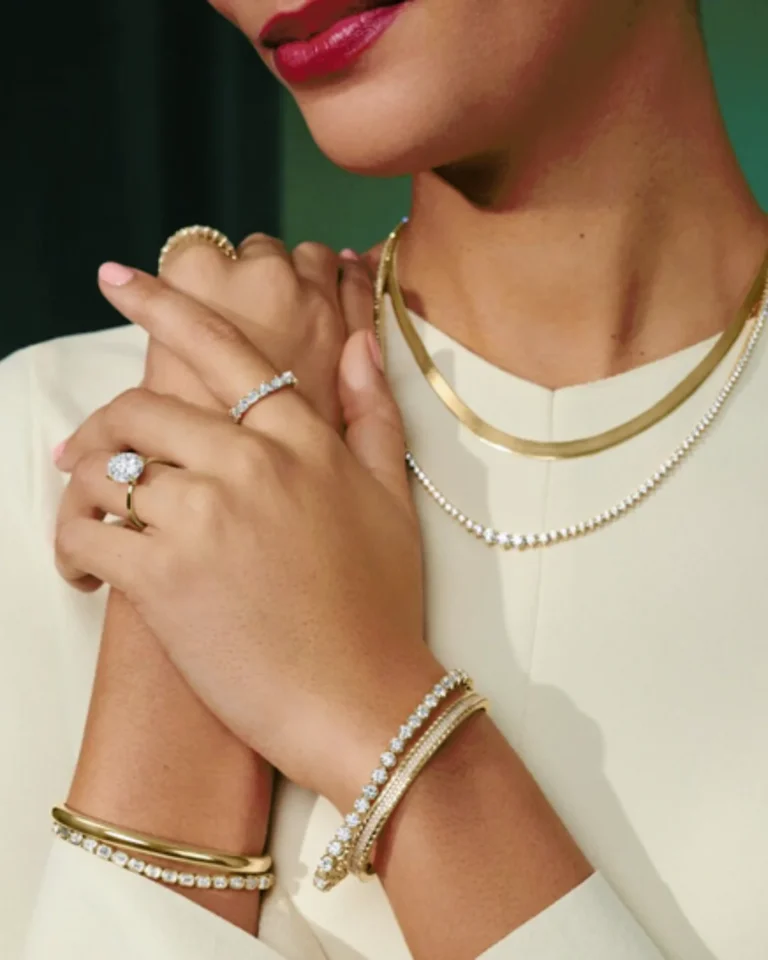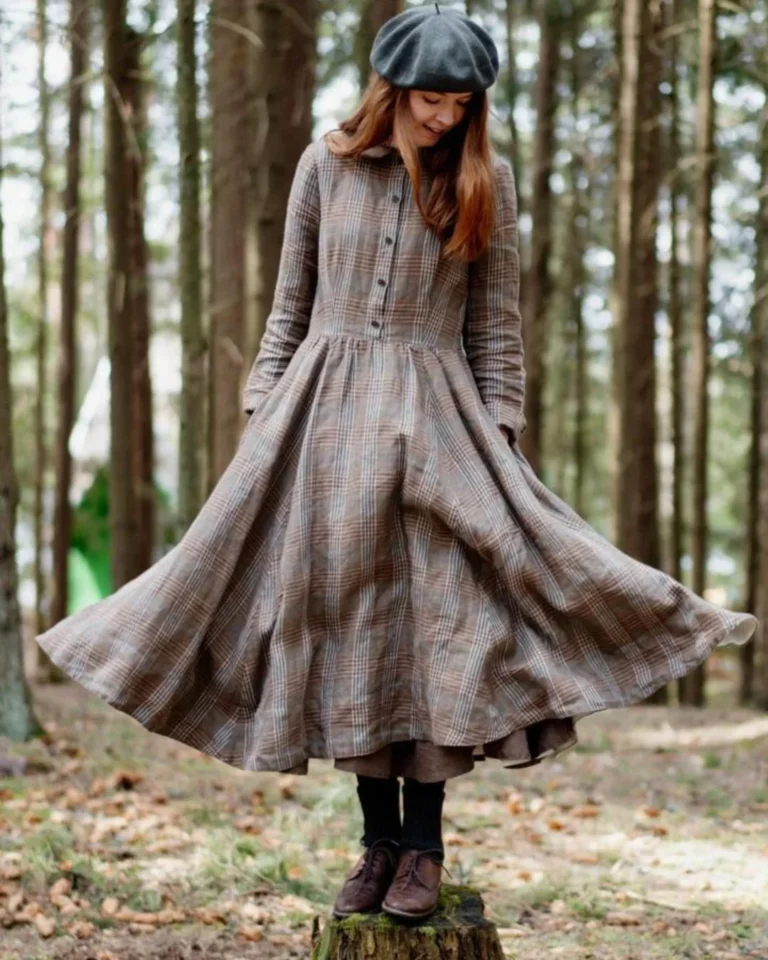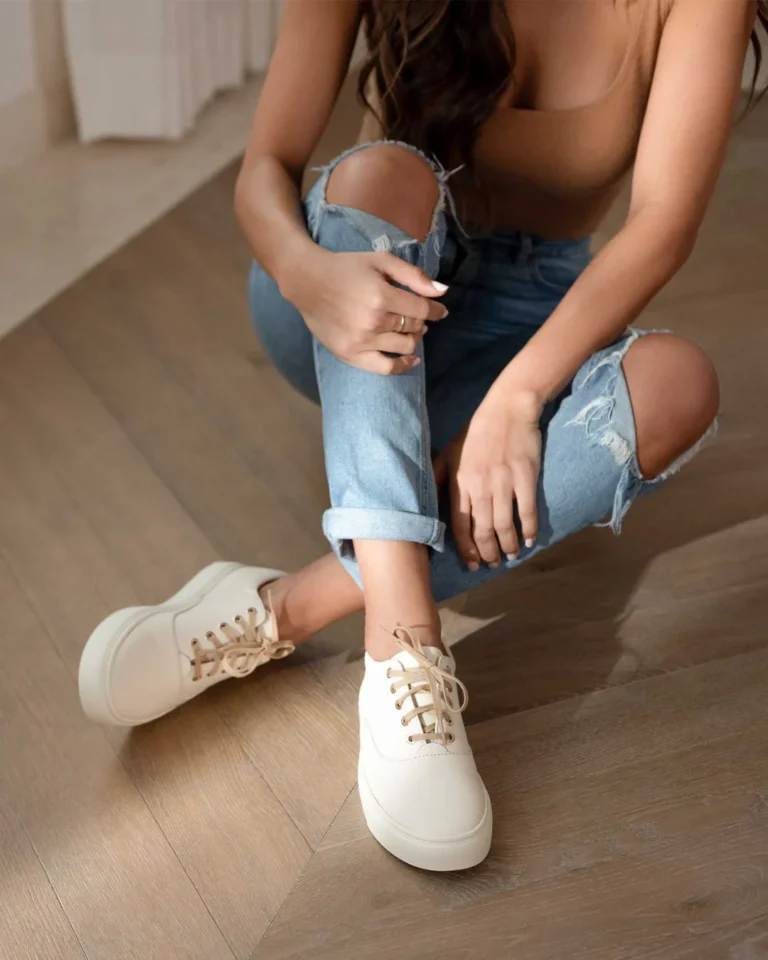SKL is reader supported. When you buy through links on our site, we may earn affiliate commission. Learn more here.
Curious about circular fashion and ready to learn more about closing the loop (once and for all) on fashion waste?! My name is Phil Cord and I am here to break down this revolutionary path towards a better tomorrow.
As most of us know by now, the fashion industry has a massive impact on global waste and climate change. From the production of textiles to the disposal of clothing, each stage of the fashion life cycle contributes to environmental problems.
But there’s hope! The circular fashion revolution is here to transform the way we produce, consume, and dispose of fashion, making it more sustainable and eco-friendly.
How Circular Fashion Works:
Circular fashion follows three key principles and practices to tackle waste and environmental issues.
1. Designing Out Waste: Sustainable Fabrics & Innovative Manufacturing
To start, designers focus on sustainable fabrics and manufacturing techniques. They use eco-friendly materials like organic cotton, hemp, and recycled fibers.
They also reduce waste during production by using innovative manufacturing methods that minimize leftover scraps.
2. Keeping Products in Use: Repair, Resale, Rental, & Recycling
Circular fashion encourages keeping products in use for as long as possible. Consumers are urged to repair and maintain their clothes to extend their lifespan.
Moreover, reselling and renting clothing items have become popular, providing more sustainable alternatives to constantly buying new garments. Recycling old clothes also ensures they get a new life as new materials or products.
“Circular business models, in sectors such as rental and resale, have the potential to claim 23% of the global fashion market by 2030 and grasp a USD 700 billion opportunity, new research from the Ellen MacArthur Foundation has found.
In its latest report, Circular Business Models: Redefining Growth for a thriving fashion industry, the Foundation has shown how circular business models offer significant potential for greater revenue while cutting the volume of new clothing and accessories produced.
Four examples of circular business models – rental, resale, repair, and remaking – represent a USD 73 billion market. These models are expected to continue growing as customers become increasingly motivated by affordability, convenience, and environmental awareness.“
3. Regenerating Natural Systems: Replenishing Resources & Using Renewable Energy
Circular fashion aims to replenish the resources it uses, such as adopting regenerative agricultural practices for natural fibers like cotton.
Additionally, the industry is shifting towards renewable energy sources to power its operations, reducing its carbon footprint.
How Designers Shape Sustainable Fashion:
Designers play a crucial role in driving sustainable fashion forward. They can make a difference by adopting sustainable practices and setting new trends.

Let’s take inspiration from designers like Stella McCartney and Eileen Fisher, who have already embraced circular fashion principles, proving that eco-friendly fashion can be stylish and successful.
“Few industries tout their sustainability credentials more forcefully than the fashion industry. But the sad truth is that despite high-profile attempts at innovation, it’s failed to reduce its planetary impact in the past 25 years. Most items are still produced using non-biodegradable petroleum-based synthetics and end up in a landfill.
So what can be done? New ESG strategies such as the use of bio-based materials, recycling, and “rent-the-runway” concepts have failed.
Instead, we must stop thinking about sustainability as existing on a spectrum. Less unstainable is not sustainable. And governments need to step in to force companies to pay for their negative impact on the planet. The idea of “win-win” and market-based solutions has failed even in one of the most “progressive” industries.” – by Kenneth P. Pucker
Production Processes: Greener Innovations in the Industry
The fashion industry is adopting new technologies to become more sustainable.

Digital Fabric Printing: Saving Water & Chemicals
Digital fabric printing is revolutionizing the dyeing and printing processes. It saves water and reduces the need for harmful chemicals, minimizing environmental pollution.
3D Knitting Technology: Less Waste, More Comfort
By using 3D knitting technology, clothing items can be produced as a single piece, reducing waste and creating more comfortable and durable garments.
Consumer Behavior: Shifting Towards Conscious Consumption
Consumers have the power to make a difference through their choices!

Mindful Shopping:
Conscious consumers research and support sustainable brands that prioritize eco-friendly practices.
One excellent example of a sustainable brand that conscious consumers are supporting is Suav Shoes.
Suav Shoes is a footwear company committed to eco-friendly practices throughout its production process.
They use sustainable materials such as recycled plastic bottles and organic cotton to create their shoes, significantly reducing their environmental impact.
Moreover, Suav Shoes ensures fair labor practices and ethical sourcing of materials, making them a top choice for consumers who value both style and sustainability.
By choosing Suav Shoes and other similar brands, mindful shoppers actively contribute to the circular fashion revolution, encouraging the fashion industry to prioritize environmental responsibility and ethical practices.
Capsule Wardrobing: Versatile & Quality Pieces
By curating a capsule wardrobe of versatile and high-quality pieces, consumers can reduce their fashion footprint.
Proper Garment Care: Eco-Friendly Habits
Taking care of our clothes with eco-friendly detergents, gentle washing, and repairs can extend their life and reduce waste.
Policy Measures: How Governments Can Support Circular Fashion
Governments play a vital role in supporting the circular fashion revolution.

1. Incentives for eco-friendly design & production
Eco friendly design and production are a crucial aspect of government support in promoting sustainable fashion. By offering various incentives and benefits to fashion brands that prioritize eco-friendly practices, governments can accelerate the transition towards a more sustainable industry on a broader scale.
One of the primary incentives that governments can provide is financial support in the form of grants, subsidies, or tax breaks. Fashion brands that invest in eco-friendly design and production often face higher initial costs due to the use of sustainable materials and innovative technologies.
Financial incentives help to offset these additional expenses, making it more economically viable for businesses to adopt sustainable practices. This not only encourages existing brands to make the switch but also attracts new entrepreneurs to enter the market with sustainability at the core of their business model.
Additionally, governments can offer preferential treatment in procurement processes. Public institutions, such as schools, hospitals, and government offices, require uniforms and apparel for their staff.
By giving preference to clothing suppliers that meet specific eco-friendly criteria, governments create a demand for sustainable fashion products, pushing manufacturers to embrace greener production methods.
2. Investing in research and development (R&D)
Research and development of sustainable technologies holds immense potential to revolutionize the fashion industry and drive significant progress towards greener practices. By allocating resources and funding to R&D initiatives focused on sustainable solutions, governments, and private enterprises can spur innovation and create a ripple effect of positive change throughout the entire fashion supply chain.
One area of R&D investment is in the development of sustainable materials. Researchers are actively exploring alternative fibers and fabrics derived from natural, renewable sources, as well as innovative methods to produce textiles with reduced environmental impact.
For instance, scientists are investigating the use of agricultural byproducts and waste materials to create bio-based fabrics, minimizing the need for resource-intensive raw materials and diverting waste from landfills.
Additionally, significant progress is being made in the realm of circularity and recycling technologies.
Research efforts are directed toward advancing recycling techniques that can efficiently convert post-consumer and post-industrial textile waste into high-quality fibers for new garments.
These closed-loop systems not only reduce the burden on landfills but also lessen the demand for virgin resources, thereby lowering the overall environmental footprint of the fashion industry.
3. Promoting Education on Sustainability
Educating designers, manufacturers, and consumers about sustainability is crucial for fostering positive change.
Promoting education on sustainability is a critical step towards fostering a more eco-conscious society and driving positive change in various industries, including fashion.
Sustainability education empowers individuals, businesses, and communities with the knowledge and understanding of environmental challenges, the impact of human activities, and the importance of adopting sustainable practices.
In the context of the fashion industry, educating designers, manufacturers, and consumers about sustainability is essential to instill a sense of responsibility and inspire conscious decision-making.
Designers play a pivotal role in shaping the industry’s future, and by integrating sustainability principles into their designs, they can create fashion that is both stylish and environmentally responsible.
4. Introducing Environmental Regulations
Government regulations can hold businesses accountable for their environmental impact and set emission reduction targets.
5. Setting Ambitious Waste Reduction Targets
Governments can set ambitious goals for waste reduction and encourage collaboration among fashion stakeholders.
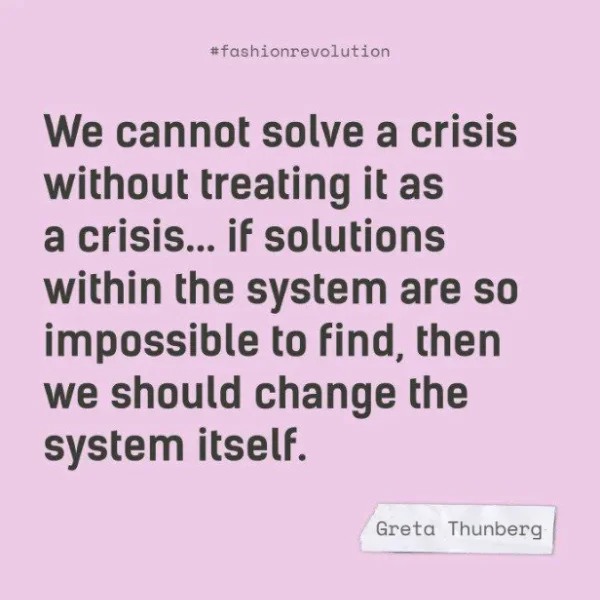
This was your full guide to circular fashion!
The circular fashion revolution offers hope for a more sustainable future in the fashion industry.
By adopting circular principles and practices, from design to production to consumption, we can close the loop on waste and create a more eco-friendly and ethical fashion world for generations to come.
Let’s all join hands in this movement and be the change the world needs!
If you enjoyed this article, check out these other community favorites below!
